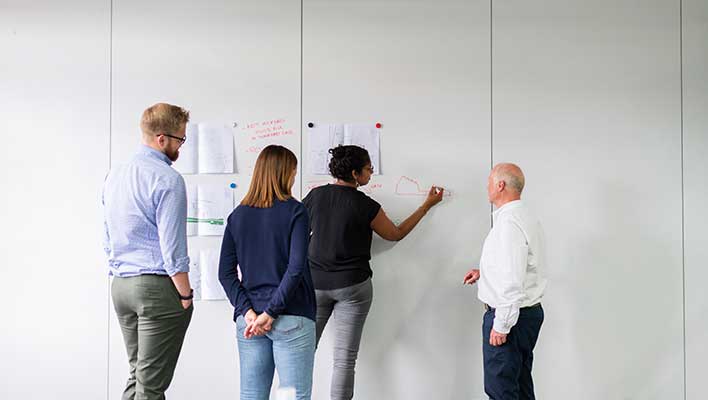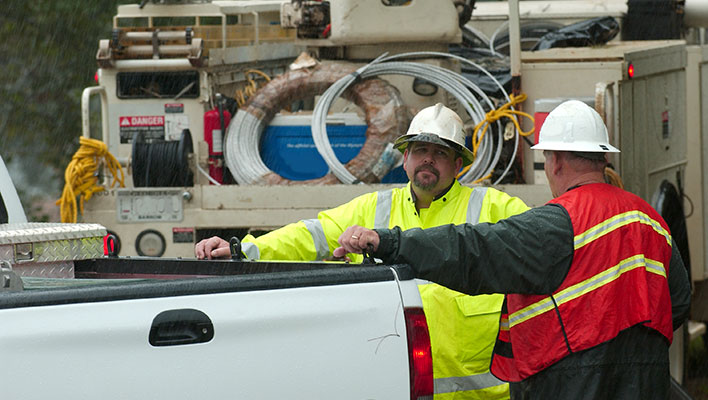A recent study published by AGU Advances has made the startling conclusion that reaching zero net carbon emissions by 2050 is not only surprisingly feasible, but affordable. According to the research, carbon neutrality can be achieved by rebuilding the energy infrastructure with a primary focus on renewables. While that proposition is nothing new, the study claims that it could come at a net cost of about $1 per person per day.
What does this mean for the utility industry?
The 2015 Paris Agreement set the net zero emissions global goal, and now with the United States re-entering the accord, a blueprint on how to achieve this objective may have just presented itself. Utilities have already made huge strides in reducing their carbon footprint, and most have built emission reduction into their future strategies. But truth be told, it is a heavy lift which will take lots of labor, resource changes, and almost a complete overhaul of current systems and the thought processes of many.
How do we get there?
It starts with organization and working backward from the goal. Think of it like constructing a tree from the top – you start with what touches the sun, and then branch out as you go down. The end goal will be a carbon neutral infrastructure that only needs maintenance, but the branches below consist of constructing transmission and pipelines for cardon dioxide and hydrogen gas and increasing solar and wind capabilities for energy harvesting. Below that is transforming fleet vehicles into a zero-emission convoy. And finally, you reach the root of it all, constructing new buildings containing the latest energy producing hardware based on sound, strict energy efficiency and no-loss generation principals. To make the whole of each branch, leaves or needles hang off each. Think of these as the jobs and work that will lead to what the branch will become. While this is a generalization and can seem daunting, when this visual representation is used with the correct tools and solutions like the ARCOS suite, the destined carbon neutral finale of 2050 is easy to reach and put into practice.
Making ARCOS a part of your sustainable future
ARCOS can help get you there by giving the jobs and work that must be done structure with one system. Resource, crew, contractor, and work management within a single platform is possible and can keep utilities advancing toward the zero-emissions goal. ARCOS is also paperless, allowing organizations to truly embrace the dedication they have to the carbon reduction cause. And reporting is never an issue as any move made is logged, creating one source of truth for internal stakeholders, regulators, and government entities.
The world is changing and so is the utility industry. With thought, pre-planning, strategy and software in place, we can get anywhere together. Start here to learn more.




